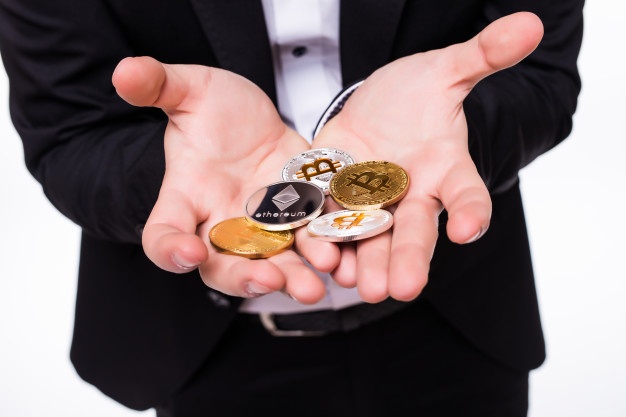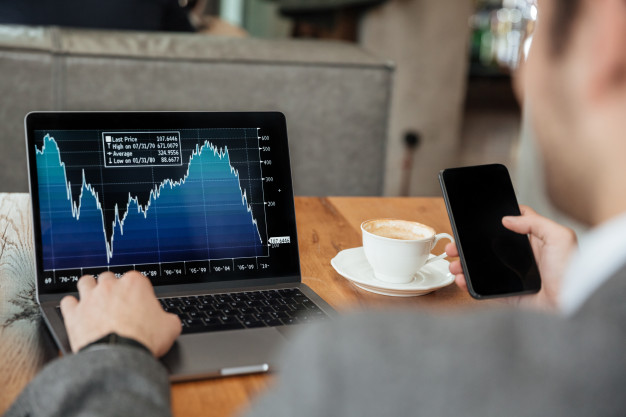Investments to Protect Against a Post-COVID-19 Inflation Spike
Real Estate
People need a roof over their heads and will pay the going rate for housing, whatever that is in today’s currency.
The value of the dollar in the United States roughly halved in the 30 years from 1990 to 2020, per the Bureau of Labor and Statistics. The median home price in 1990 was $117,000, according to the Fed. Yet in the first quarter of 2020, the median home price was $324,500.
Note that home prices outpaced inflation significantly. Home prices are nearly triple their 1990 values, even though the U.S. dollar is only worth half what it was back then.
So how can investors take advantage of real estate’s inflation-resistant power?
Commodities
Commodities are physical items with inherent value. They range in diversity from metals like copper to energy like crude oil and natural gas and from lumber to food staples like grain, sugar, and coffee.
People want and need them in the course of everyday life, making demand relatively stable. So no matter what currency they sell in, or the value of that currency, their pricing adjusts based on the market fundamentals of supply and demand. When the dollar loses value, the prices of these staples typically rise to compensate.
Gold & Precious Metals
While technically, precious metals like gold fall under the category of commodities, they hold a special place in the world of inflation protection.
For thousands of years, civilizations around the world used precious metals as the basis for their currencies. Initially, the physical money itself was made from these metals in the form of coins. Later, central banks tied paper currency to real gold in their vaults.
Investment-Grade Art
While less talked about than real estate and commodities, fine art serves as another physical asset with value. A masterpiece painting by Van Gogh, for example, simply commands higher pricing in lower-value currencies. It has its own intrinsic value.
The average American can’t afford such a masterpiece. But in today’s world, investors can invest in fractional shares of art deals through platforms like Masterworks.
Treasury Inflation-Protected Securities
Physical or real assets aren’t the only type of investment to survive inflation intact.
The Treasury Department issues a special type of bond expressly designed to protect against inflation. Treasury inflation-protected securities, or TIPS, adjust in value directly based on inflation.
Like regular bonds, they pay a fixed interest rate, and you can buy and sell them on the open market. But unlike regular bonds, the principal amount changes to reflect inflation.
Cryptocurrency
No one really knows how cryptocurrencies fare during hyperinflation. They simply haven’t existed long enough for sound data.
But cryptocurrencies do have a few advantages over government-backed fiat currencies (those not backed by gold or other real commodities). First, governments looking to manage their debt by printing more money don’t manipulate cryptocurrencies.
https://www.moneycrashers.com/investments-protect-against-inflation/






Leave A Comment
You must be logged in to post a comment.